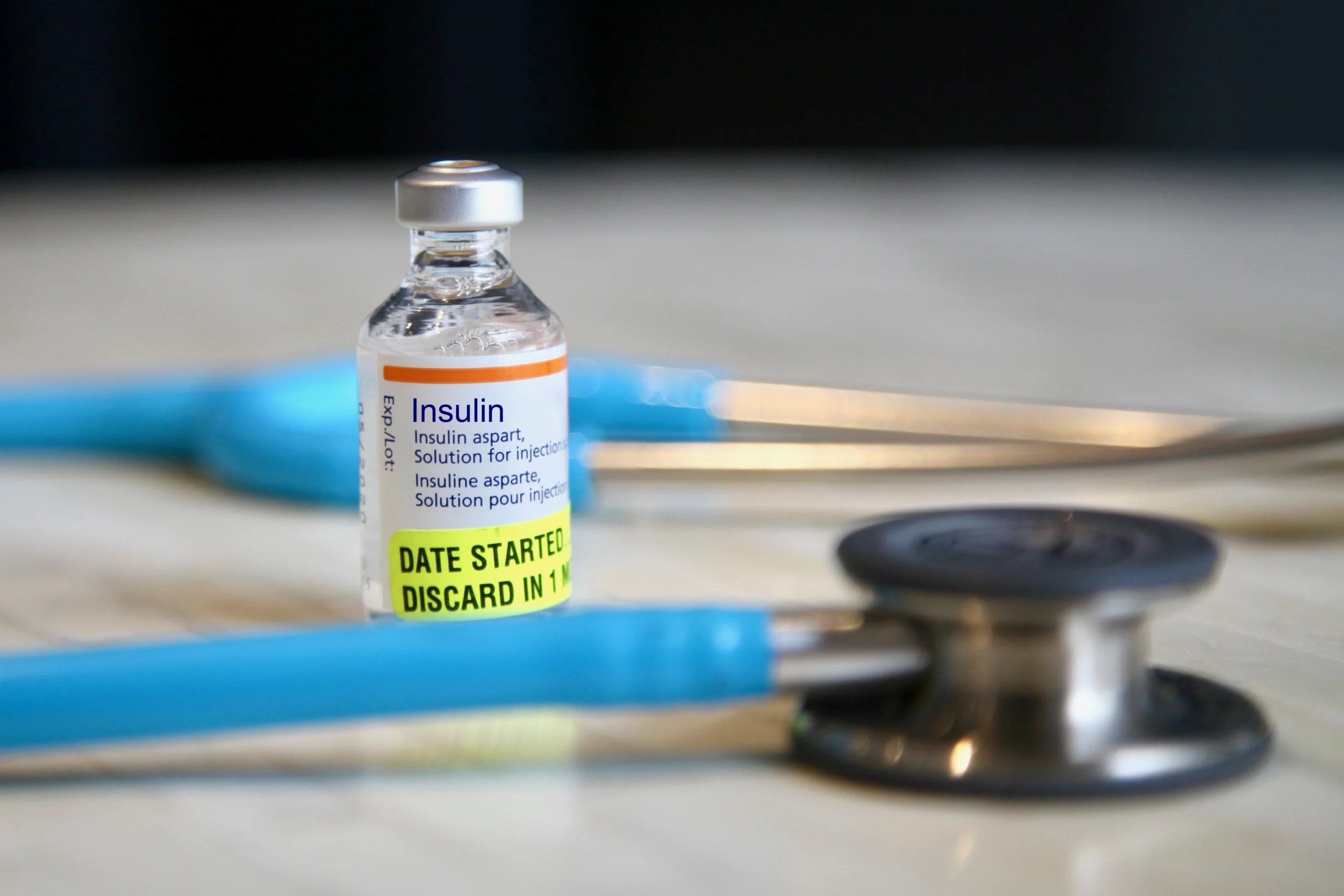Insulin types and usage
Understanding the different types of insulins and when to use them.

Insulin types
Insulin helps regulate blood glucose levels throughout the day and night, a key to managing diabetes. People with type 1 diabetes (T1D) rely on insulin therapy to help manage their blood glucose levels. The food they eat, stress, illness, excitement and several other factors can all affect glucose levels, necessitating insulin for stabilization. There are many types of insulin that can be administered in several ways. See below for the different types of insulin.
Rapid-acting
Rapid-acting insulin starts working about 15 minutes after injection, peaks (or is at maximum effectiveness) in about 1 hour and continues to work for 2 to 4 hours after injection.
(Examples: Insulin glulisine (Apidra), insulin lispro (Admelog, Humalog), and insulin aspart (Fiasp, NovoRapid, Truapi)
Regular or Short-acting
Regular or short-acting insulin starts working 30 minutes after injection, peaks anywhere from 2 to 3 hours after injection, and continues to work for about 3 to 6 hours.
(Example: Human Regular)
Intermediate-acting
Intermediate-acting insulin starts working 2 to 4 hours after injection, peaks about 4 to 12 hours later, and lasts approximately 12 to 18 hours.
(Example: NPH)
Long-acting
Long-acting insulin is most often combined with rapid- or short-acting insulin. It starts working several hours after injection and tends to lower glucose levels up to 24 hours or almost a full day.
(Examples: Lantus, Levemir)
Ultra long-acting
Ultra long-acting insulin starts working in 6 hours, but it does not peak and lasts about 36 hours, and in some cases longer than that.
(Examples: Tresiba, Toujeo)
Learn more about other medications.
